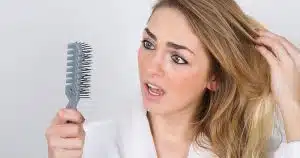I recently asked a number of you what you would like me to write about and what topics you would like more information on. One of the answers was Hirsutism and what we can do about it. So, this one is just for you!
I have come to realize that this is a HUGE topic and will take some time to cover, so I’m going to post it in two parts: the first one covering the basics and the second one on diet and supplement options.
Let’s be honest, infertility is painful and causes so much heartache but people won’t know unless you tell them about it. Weight is also an issue but there are many women out there who are overweight and don’t have PCOS. Excess hair, on the other hand, now that’s another story.
Nothing makes us feel more unfeminine than those thick, black ugly hairs sprouting in all manner of unsightly places. We spend thousands of dollars and hours every month dealing with this unwanted hair. But what causes women with PCOS to have excess hair and just what can we do about it?
It’s all about our hormones
We know that PCOS is a hormonal disorder that has far reaching consequences. One of the primary issues with PCOS is that our insulin producing cells seem to be over responsive and create too much insulin, causing hyperinsulinemia.
Our ovaries produce too much testosterone. And testosterone is the culprit!
This increase in insulin causes our ovaries to produce too much testosterone. And testosterone is the culprit! Excess androgens (testosterone and other “male” hormones) cause ovarian cysts, acne and, you guessed it, male pattern hair growth (and hair loss for that matter).
It seems that androgens act on the growth phase of the hair cycle, causing the hair to go from vellus hair (the light, thin hair that covers your body) to terminal hair (thick, dark hair). (1)
Just how bad is it?
We all suffer from hirsutism to varying degrees. One of the ways in which we can monitor and understand the extent of the problem is by using the Ferriman-Gallway Score to classify our unwanted hair growth. (2)
Medical Management of Hirsutism
The medical community can offer drugs to manage hirsutism, some of which are already commonly used in the treatment of PCOS. These drugs fall into 3 categories:
- Androgen receptor blockers: These drugs attach to the same site as the male hormones, effectively denying the androgen access to the receptor and causing the androgens to be ineffective. Examples of these drugs include: Cyproterone, flutamide (Eulexin), and spironolactone (Aldactone)
- Androgen suppressing drugs: These drugs act on the body to manage the amount of androgens the body produces. Some of these drugs are: GnRH agonists (Lupron), estroprogestins (birth control pills), corticosteroids, and insulin-sensitizing agents (metformin/Glucophage).
- 5 alpha-reductase inhibitors: These drugs act on an enzyme that converts androgens to their active form. If you limit the enzyme, you prevent the conversion of testosterone to it’s more potent form. Here are some examples: Finasteride (Proscar), eflornithine hydrochloride (Vaniqa). (3)
Many of these drugs take 6 months to make any significant difference to hair growth. Also, when you stop taking them, your hair is likely to return if you have not addressed the underlying insulin resistance in the first place.
Other ways to manage hair growth:
There are other ways to manage hair growth such as waxing, shaving, plucking or laser treatment. Each of these has its pros and cons. It is important to bear in mind that although you may be removing the hair, it is likely to be re-stimulated by those high androgen levels. (4)
- Shaving – This is often quick and painless and your hair shouldn’t grow back darker or thicker. Irritation can occur and you may need to shave frequently.
- Bleaching – Bleaching just lightens the hair and make it seem less noticeable. The bleach may cause irritation though.
- Waxing, threading and plucking – ouch! This can be painful, especially if there is a lot of hair to deal with. The advantage is that it is longer-lasting than shaving or bleaching.
- Electrolysis – Electricity is used to damage the hair follicle, destroying the hair. It can be painful and could take a number of treatments, depending on the extent of the hair. Hair can also grow back if the underlying hormonal imbalances have not been addressed. (5)
- Laser Hair removal – A small beam of laser light is directed at the hair follicle. The melanin in the hair absorbs the light and the hair is damaged. A number of treatments are needed and hair can regrow so follow up sessions may be needed.
Let’s sum it up:

In the next article, we’ll look at diet and supplements that can be used to manage hirsutism and your PCOS in general. You know I believe in the power of diet to manage PCOS so I firmly believe we can also tackle this pesky symptom through good diet and supplementation.
Until our next encounter – keep well!
- sustainable pcos weight loss strategies
- Over 5500 women have done it and seen results
- [bonus] Done for you pcos meal plans
- [bonus] intermittent fasting for pcos course
- [BONUS] personalised nutrition plan
JOIN OVER 5,500 OTHERS









